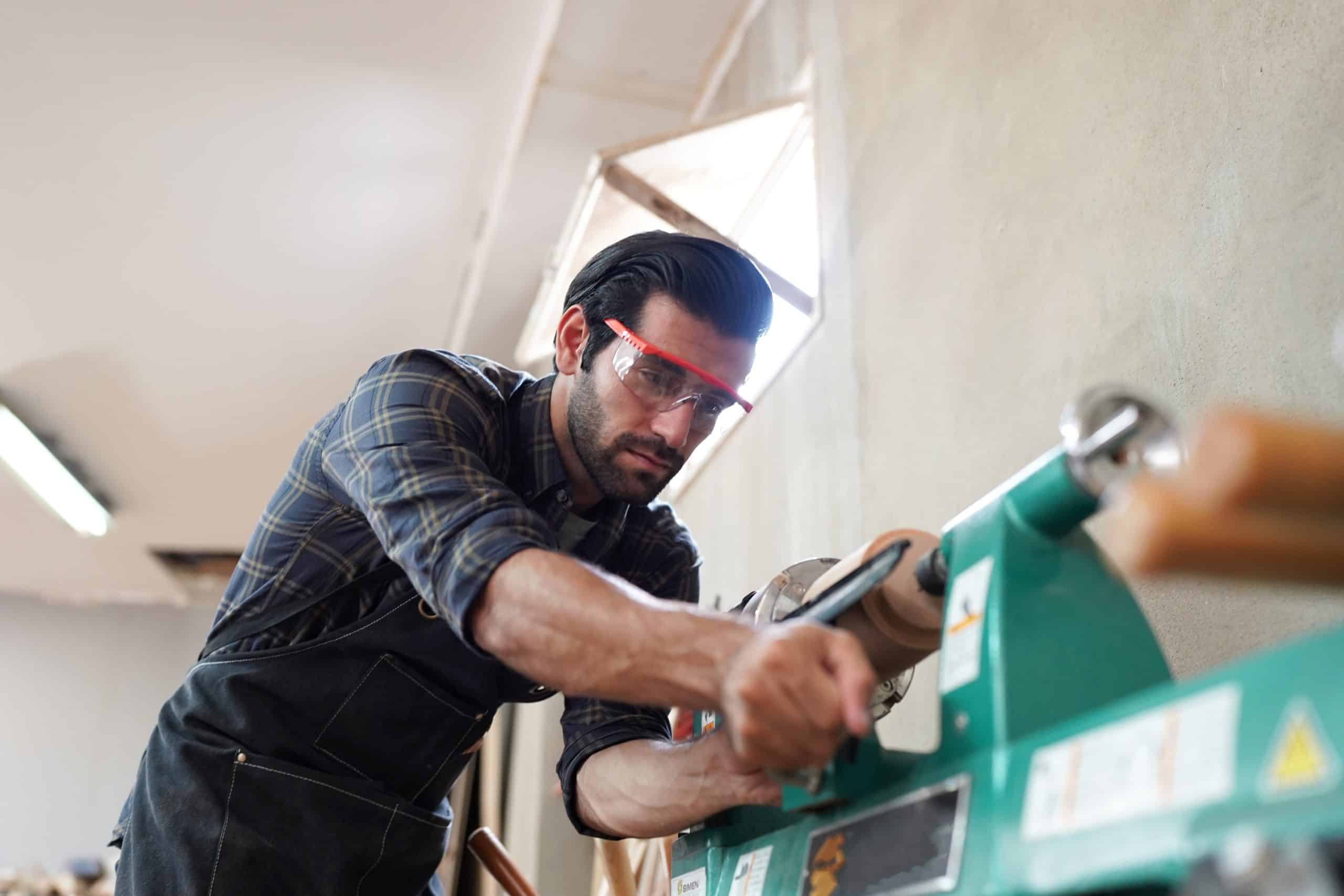What’s the Best Way to Create a DIY Air Quality Monitoring Station at Home?

The world today is more conscious than ever about the quality of air we breathe. It’s not just about the outdoors anymore; indoor air pollution is a significant cause for concern as well. Therefore, it has become increasingly important to monitor indoor air quality. One way to do this efficiently is by creating a DIY air quality monitoring station at home using readily available components such as Arduino, sensors, and Raspberry Pi. This article will serve as a comprehensive guide on how to achieve this.
Gathering the Necessary Components
Before we delve into the intricate details of how to assemble an air quality monitoring station, it’s crucial to familiarize ourselves with the materials needed.
Topic to read : What Are the Best Organic Fertilizers for an Indoor Herb Garden?
The main components required for this project are:
- Arduino Uno board or any other compatible board
- Air quality sensor for detecting air pollutants
- Temperature and humidity sensor
- Raspberry Pi (optional, for more complex data processing)
- Mini display for data visualization
- Breadboard and jumper wires for connecting the various components
- PCB (Printed Circuit Board) for building a more permanent device
Arduino is a powerful, open-source electronics prototyping platform based on flexible, easy-to-use hardware and software. It’s an ideal choice for this project due to its simplicity and compatibility with various sensors.
This might interest you : How to Create a Child-Friendly Herb Garden with Educational Labels?
An air quality sensor is a device that can detect various pollutants in the air, like carbon dioxide (CO2), particulate matter, volatile organic compounds (VOCs), and more. There are various air quality sensors available in the market, so you will need to choose one that suits your specific needs.
Temperature and humidity sensors are essential for comprehensive air quality monitoring as these parameters can significantly affect indoor air quality.
If you want to process and analyze the data collected more efficiently, using a Raspberry Pi can be beneficial. Besides, it also allows for advanced features like data logging and wireless data transmission.
The mini display is where the sensor readings will be shown. It should be chosen based on compatibility with the Arduino board and the sensors.
The breadboard and jumper wires are used for initial testing and building the prototype. Later, when you’re satisfied with the functionality, you can build a more permanent device on a PCB.
Setting Up the Arduino and Sensors
After gathering all the necessary components, it’s time to start setting up. This involves connecting the Arduino board to the sensors and the display.
The Arduino serves as the central unit that controls the sensors and processes their readings. The first step is to connect the air quality sensor to the Arduino. This involves connecting the sensor’s output pin to one of the Arduino’s digital or analog input pins, depending on the sensor’s specifications. The voltage supply pins of the sensor (usually labeled VCC and GND) are connected to the Arduino’s 5V and ground pins, respectively.
Next, connect the temperature and humidity sensor in a similar manner. Please note that the pin to which the sensor’s output is connected should be different from the one used for the air quality sensor.
The mini display is also connected to the Arduino. The specific pins to which the display is connected will depend on the display’s specifications. Be sure to follow the manufacturer’s instructions for this.
Once all components are connected, it’s time to upload the code to the Arduino. The code will instruct the Arduino on how to interact with the sensors and the display.
Coding the Arduino
Coding the Arduino requires a basic understanding of the Arduino programming language, which is a simplified version of C/C++.
The code usually begins with the declaration and initialization of the sensors and the display. This is followed by the setup() function, where the sensors and the display are configured.
The loop() function is where the actual monitoring takes place. In this function, the Arduino repeatedly reads data from the sensors, processes it, and sends it to the display.
This part of the project requires attention to detail as even a small mistake in the code can lead to incorrect readings or even damage the Arduino board and the sensors. Hence, it’s recommended to thoroughly check the code before uploading it to the Arduino.
Integrating with Raspberry Pi for Advanced Features
While the Arduino is quite capable on its own, integrating it with a Raspberry Pi allows for additional features. The Raspberry Pi can be used to log the sensor data, transmit it wirelessly for remote monitoring, and even perform advanced data analysis.
To integrate the Arduino with the Raspberry Pi, it’s usually as simple as connecting them via a USB cable. However, this also requires modifications to the Arduino code, as it now needs to send the sensor data to the Raspberry Pi instead of the display.
On the Raspberry Pi side, a Python script is usually employed to receive the data from the Arduino, process it, and perform the desired actions such as logging the data to a file or transmitting it over a network.
Integrating with Raspberry Pi requires some knowledge of Python programming and familiarity with the Raspberry Pi’s operating system, but it significantly enhances the functionality and utility of the air quality monitoring station.
Finalizing the Project on a PCB
Once you’re satisfied with your air quality monitoring station’s functionality, it’s time to finalize the project by transitioning from the breadboard to a PCB. This step involves designing a PCB layout that includes all the Arduino board, sensors, and display. The layout is then transferred to a blank PCB via a process known as etching.
After that, all the components are soldered to the PCB according to the layout. This results in a permanent, robust, and efficient air quality monitoring station that you can proudly display at your home.
Remember that working with PCBs involves handling chemicals and high temperatures, so always take necessary precautions and follow safety guidelines.
By following these steps, you can create your very own DIY air quality monitoring station. Not only will it help you keep track of air quality at your home, but it also offers an opportunity to learn and experiment with electronics and programming. Happy building!
Decoding the Citizen Science Aspect
Having your own DIY air quality monitoring system does not only provide real-time data about the air condition in your home. It also contributes to a growing movement known as citizen science. Across the globe, individuals and communities are taking more active roles in understanding and improving their environments. They do this by gathering data on various aspects, including air quality, and sharing it within their communities or with research institutions.
There are various platforms, such as the Sensor Community, where you can upload data from your air quality sensor. This not only allows you to compare your indoor air quality with others but also contributes valuable data to a global database on air pollution.
Citizen science is particularly relevant in the context of air quality monitoring. It has been observed that official air quality monitoring stations are often sparsely distributed and may not always accurately represent air conditions in all locations, especially indoors. In contrast, a network of DIY air quality monitors, distributed across various homes, can provide a more comprehensive picture of air quality conditions.
By participating in this movement, you’re not just taking control of your indoor air quality. You’re also contributing to a collective effort towards improving our understanding and management of air pollution.
The Broad Spectrum of Applications
The DIY air quality monitoring station can be a powerful tool in various scenarios.
For instance, if you live in an area prone to wildfires, an air quality monitor can provide real-time data about particulate matter levels in your home. This can help you take appropriate measures, such as sealing windows or using air purifiers, to protect against smoke infiltration.
If you have allergies or respiratory issues, monitoring indoor air quality can inform you about potential triggers in your environment, like high humidity levels or specific air pollutants.
In a broader sense, the data from an air quality monitor can guide your decisions about home improvements. For instance, if your monitor consistently shows high levels of volatile organic compounds (VOCs), it may indicate a need for better ventilation or the use of less toxic materials in your home.
In conclusion, creating a DIY air quality monitoring station at home is a worthwhile project. It not only serves as an educational exercise to understand and experiment with electronics and programming, but it also provides practical information about your indoor air quality. Moreover, it offers an opportunity to participate in a broader citizen science movement, contributing to a collective effort to understand and mitigate air pollution. Despite the process being intricate and requiring careful attention to details, the outcome justifies the effort. So why wait? Start creating your DIY air quality monitoring station today and breathe easier knowing you have taken a proactive step towards ensuring healthier indoor air.
